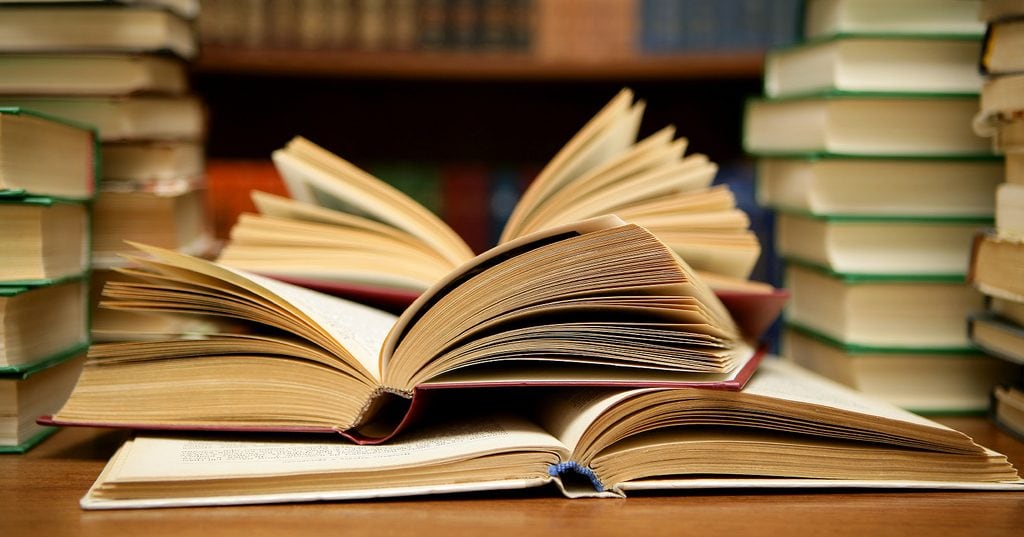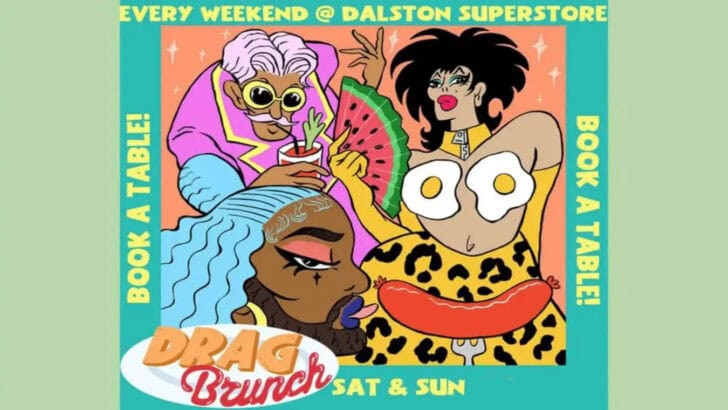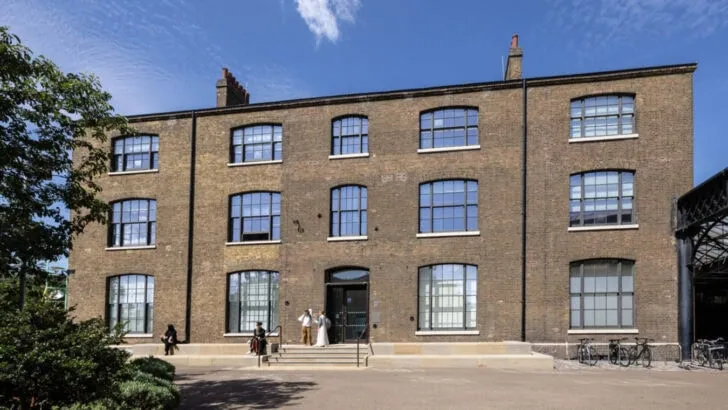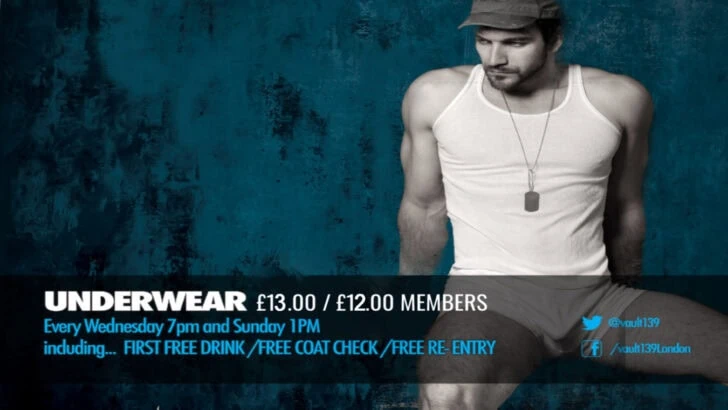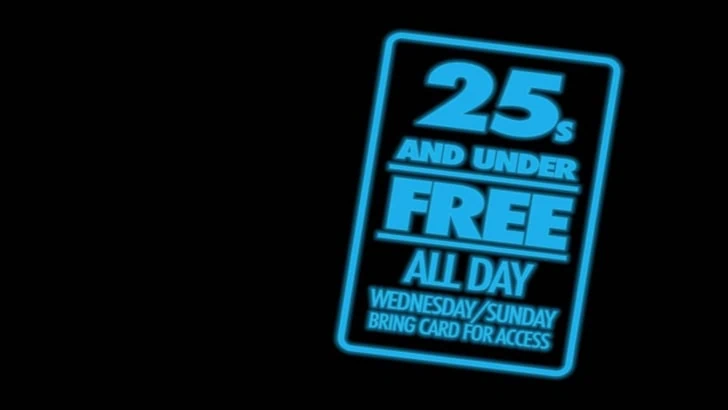Books, books, books, us queers just love gay books. It’s strange how we’ve come into our own just as the book has fallen out of favour. In our humble opinion there are few pleasures as enjoyable as holding a hefty hardback. We love to crack iit open and embark on a literary journey.
Queer writings have been around since the world became literate, yet censorship meant the queer book couldn’t quite come into its own until the later half of the 20th century. Despite this, a few gems made their way to be published and are to this day favourites of the gay literary canon.
Here are five gay classic books:
Gay Book Number 1: Giovanni’s Room

This tender novel of love and loss sparked a very public debate surrounding homosexuality and bisexuality in the public sphere. Queer black author James Baldwin put his career on the line to get this particular work out there. His publisher feared that he would run the risk of alienating his African American audience. It follows David, an American living in Paris, who makes the mistake of falling in love with a bartender named Giovanni. We meet David during the worst night of his life as he is kept awake reminiscing his past relationships with men as he awaits the dreaded morning when Giovanni is to be executed. Both life-firming and tragic, Baldwin is skilful in concisely expressing that familiar feeling of societal alienation and grappling with issues of identity.
Gay Book Number 2: De Profundis and The Ballad of Reading Goal

It’s easy to forget that not too long ago we were outlaws, committing acts of criminal love. There is no queer book that captures this experience so agonisingly than De Profundis, where the misery of being a social pariah meets the wrath of a scorned lover. Written by Oscar Wilde during his imprisonment at Reading Gaol, it is addressed to Lord Alfred ‘Bosie’ Douglas after their long relationship has come crashing down. It is also the most clarion notation of Wilde’s beliefs on romanticism, the individual and art.
The Ballad of Reading Goal is also a meditation of his time under lock and key, yet with added reflection as it was written some year later whilst in exile in Bernival-le-Grand. The poem narrates the hanging of trooper Charles Wooldridge, convicted of slitting his wife’s throat, before becoming a symbolist exploration of the brutalisation of convicted criminals. Both pieces are stark reminders of the brutality which gay men have faced in past years, and gesture to its long lasting consequences.
Gay Book Number 3: Maurice

It’s quite the topical novel at the moment with the remastered version putting the film version back on cinema screens, and a theatrical interpretation making it’s way to Above the Stag down in Vauxhall. E M Foster is arguably one of the greatest literary figures of the early 20th century, yet this particular masterpiece didn’t make its way to publication until the early 70’s. That in itself makes this novel one of queer-historical significance.
This bildungsroman follows Maurice Hall form his earliest notions of sex by way of an awkward sex education talk aged fourteen, to his days as a stockbroker. He becomes infatuated with Clive Durham during his days of studying at Cambridge. They engage in a passionate love affair in the face of the societal pressures which mount up against them. The novels happy ending is a big middle finger to the tragic queer narrative that is still so prevalent in depictions of gay love.
Gay book Number 4: The Line of Beauty

Following in E M Foster’s cautious footsteps, Alan Hollinghurst thrust the gay novel from being the cheap form it became in the nineties and early naughties, elevating it to a thing of dignity and complexity. Protagonist Nick Guest stands on one of life’s many precipices, having finished his studies at Oxford he’s about to embark on city life in London. As London dwellers, many of us know that feeling of not quite knowing what’s next. Embarking on the unknown. Spanning most of the 80’s it chronicles an individual’s experience of coming in contact with the gay scene, and provides a very relatable perspective of the HIV/AIDS crisis. A coked up slow dance with Margret Thatcher whilst indulging in the pleasure the gay scene had to offer perfectly gestures to the central contradiction of city life.
Gay Book Number 5: The City and the Pillar

Being known internationally as a public intellectual is quite the stamp of approval, yet Gore Vidal’s aristocratic demeanour and pragmatic wit meant he became a queer icon that garnered approval from the general population. Believing that humanity as a whole was bisexual, his view on resisting constrictive labels paved the way for queer thinking for generations to come. In The City and the Pillar we have Jim Willard, a young man who, after being intimate with his friend Bob on a camping trip as teenagers, believes that Bob is his predetermined destiny. What this great queer book does particularly well is chime into the grandiose expectations and melodramatic predictions that plague the queer mind. It also integrates the gay narrative into one that was experienced universally, the second world war. Glittered with Vidal’s razor sharp wit and his idiosyncratic take on the world.
